Up Next

With the scheduled 2020 Formula 1 season-opener in Australia set to be postponed, or perhaps even cancelled if it can’t be rescheduled, teams will have had to focus again on pre-season testing planning.
The original plan to test at Barcelona now also seems set to change, with pre-season running probably moving to Bahrain – where it was last held in 2014 (pictured below) ahead of the first year of the then-new hybrid rules.
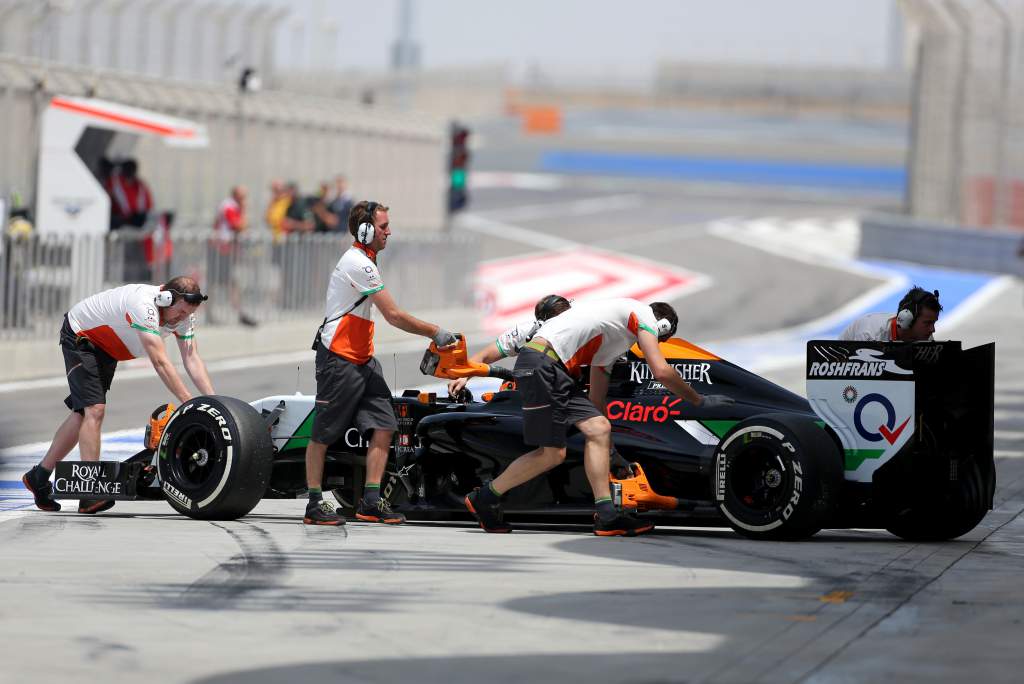
Even before it became clear that the Australian Grand Prix is unlikely to happen as planned, there were discussions about testing in Bahrain. It was still up in the air in the closing stages of last season, but the practicality of running at Barcelona as usual prevailed, as it usually does on cost grounds.
But with the first race of the season now set to be in Bahrain, that makes testing at Sakhir too better value.
Barcelona has always been a reasonable track for pre-season testing. It is cost-effective, as it is just a two-hour flight from the UK, with most budget airlines flying there. It is also reasonably close to the workshops of the teams based in mainland Europe – Alfa Romeo in Switzerland and Ferrari/AlphaTauri in Italy, so getting bits flown in from there is not difficult.
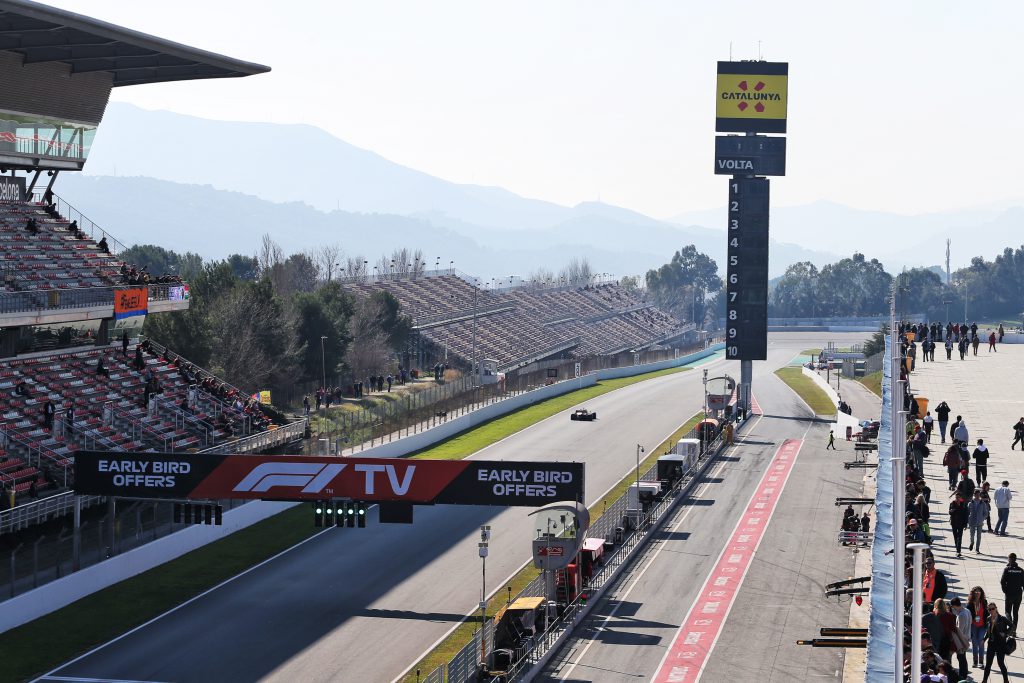
The weather is also usually OK. Yes, we did have some snow in Barcelona a couple of years ago, but normally the temperature is in the low-to-mid teens in terms of degrees, which is nothing special and a little on the low side to get the tyres working but still acceptable.
Australia holding the first race of the season has always been a bit of a slog. You have a new car to understand and very few spares, the event has a nine-hour time difference to the UK and a 20-hour flight time even to get there. If you leave anything behind, you can forget it so teams must be well-prepared and have everything they could need on hand well in advance.
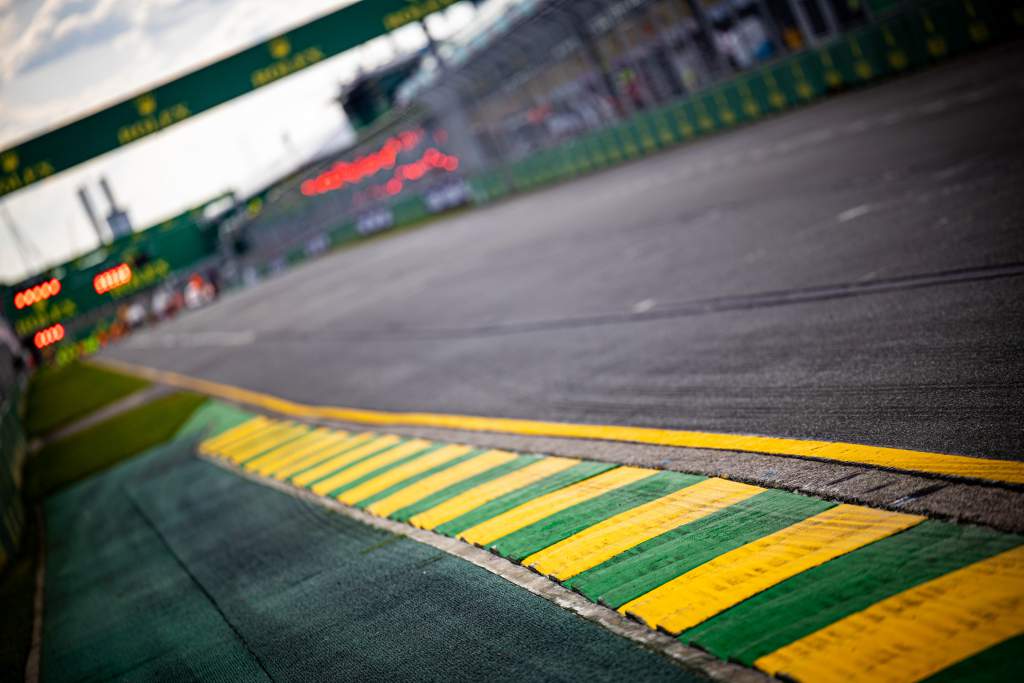
Bahrain, on the other hand, is a seven-hour flight away. That will require a little more planning than Barcelona given there’s only three days of testing and if you are short of parts you could easily lose a day.
It is significantly more expensive to get there but also the weather is that bit better. In mid-March, it should be in the high teens to the low 20s.
It’s very unlikely to rain, but it’s not completely unheard of at that time of year. The bigger risk is a sandstorm, which can really ruin your day out, and it’s not unknown for F1 tests to be ruined by such conditions.
Teams have plenty of data for their current cars around the Bahrain circuit. They raced there last in late November, then on the Outer circuit at the start of December, so it will be a lot easier to build a comparative picture of your winter developments.
With the ambient and track temperature being an average of 10 degrees hotter, it will also be more representative for the new-tyre understanding and evaluation.
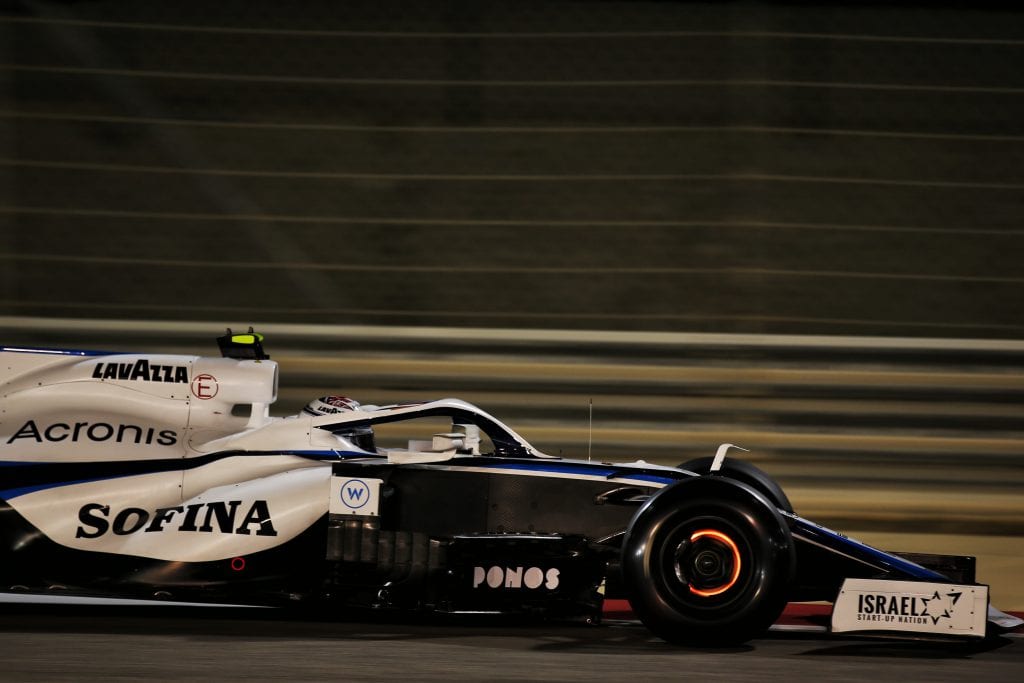
Pirelli is introducing a revised construction to allow the teams to run a little lower tyre pressures. When this was tested in Bahrain and Abu Dhabi in late 2020, it wasn’t welcomed with open arms by the drivers, but if it’s the only tyre you’re being supplied with then you need to just get on with it.
With these slightly higher ambient temperatures, Bahrain will also be more representative for the cooling levels that the car requires.
Also, aerodynamically a car in cold damp conditions like pre-season testing at Barcelona can feel pretty decent but when you get to the higher ambient countries with hotter track surfaces everything can change very quickly. With the air that little bit drier, all sorts of airflow separation problems on highly stressed aerodynamic surfaces can crop up.
One area that can be affected is the diffuser. At roughly the leading edge of the rear tyre, the flat floor area ramps upwards into the diffuser.
In this area, the airflow is working at its hardest and as the driver hits the brakes, this area opens up very quickly and the diffuser, like a set of bellows being opened up, tries to pull more air through an already critical area.
If the airflow cries enough and basically separates from the underfloor and diffuser surface, then the rear of the car suffers from an aerodynamic instability.
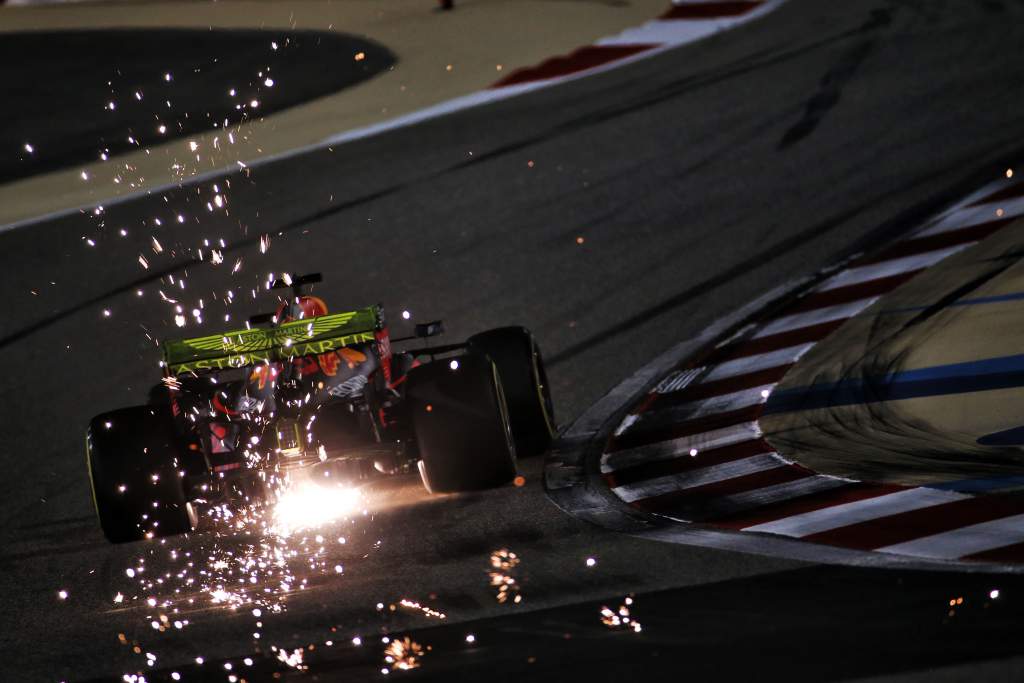
Over the years this sort of problem has popped up when least expected to by many teams and with the underfloor and diffuser adjustments for 2021 being the main aerodynamic change, it will be an area that will be analysed in depth. Recovering from this situation is not easy.
Pre-season testing was originally scheduled for March 2-4. But with the Bahrain Grand Prix not starting the season until March 28, it would make sense to put the test back by a couple of weeks.
This would give the teams that little bit of extra time to prepare their 2021 cars. With last season running deep into December, I doubt we would hear many complaints about that.
But you can never keep everyone happy. Some teams will have planned to run their new car, discover its weaknesses and react to that before heading to the first race so might’ve welcomed the extra week allowed if the original testing schedule was stuck to.
Barcelona has a good mix of fast and slow corners, so is ideal for testing, The Sakhir circuit is a bit more speed-biased, so requires slightly lower downforce levels. But the teams will run countless simulations to find the optimum set-up and can relate those to their performance in Bahrain only three months earlier.
Having run those pre-test simulations, the teams will still need to confirm the car’s working window by working through some aerodynamic and mechanical changes.
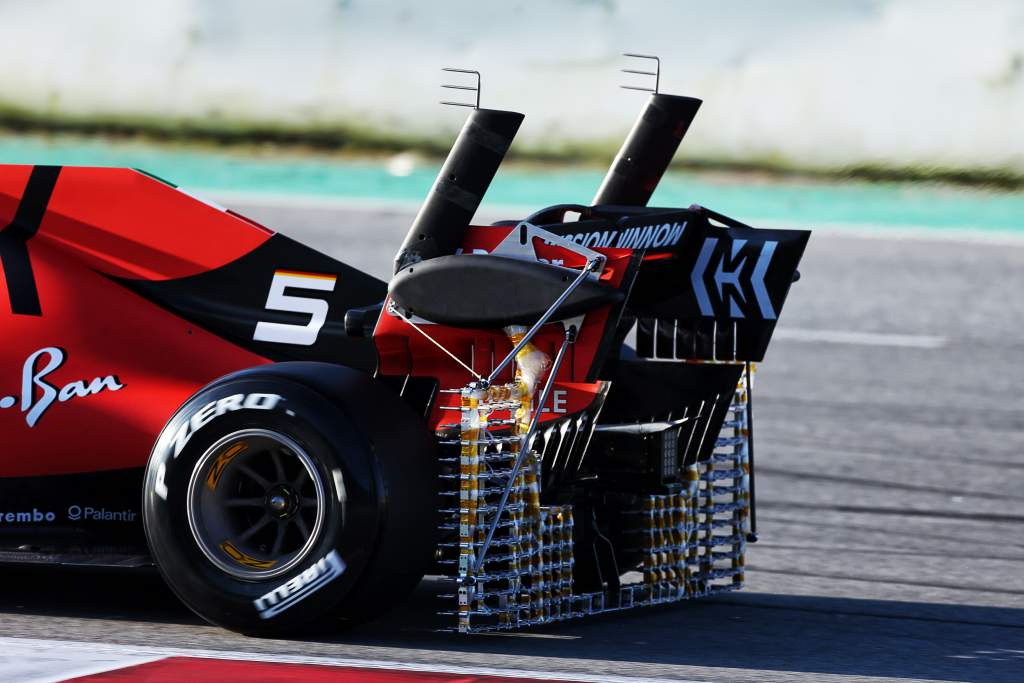
You will go to the test with quite a few extra sensors on the car. Initially, lots of them will be on the systems to check temperatures and pressures in different places. Once that is done on day one and you are happy the systems function as expected, you will then focus on car set-up.
From your best simulation set-up, you will want to go through the things that you would normally change at the track to optimise the cars performance. This is to see that the response to these changes is in line with what is predict. This would include:
1) A sweep of front and rear ride heights (a 1mm change of front ride height and something like 3mm change of rear ride height is a dramatic change)
2) A sweep of different front wing angles
3) A change in rear wing downforce levels
4) A sweep through the vertical stiffness of the front and rear of the car
5) A sweep through the roll stiffness of the front and rear of the car
6) Engagement position of the third springing medium on the front and rear of the car
7) Current F1 cars also have a system that varies the front ride height according to steering lock, so that will also need to be swept through in its different settings
That’s just a few variations that build up the data bank that helps you make decisions on set-up changes over a race weekend. There are many more set-up changes, such as camber and toe to optimise the usage of the new tyres. These need to be checked relative to one-lap warm-up and long-run degradation.
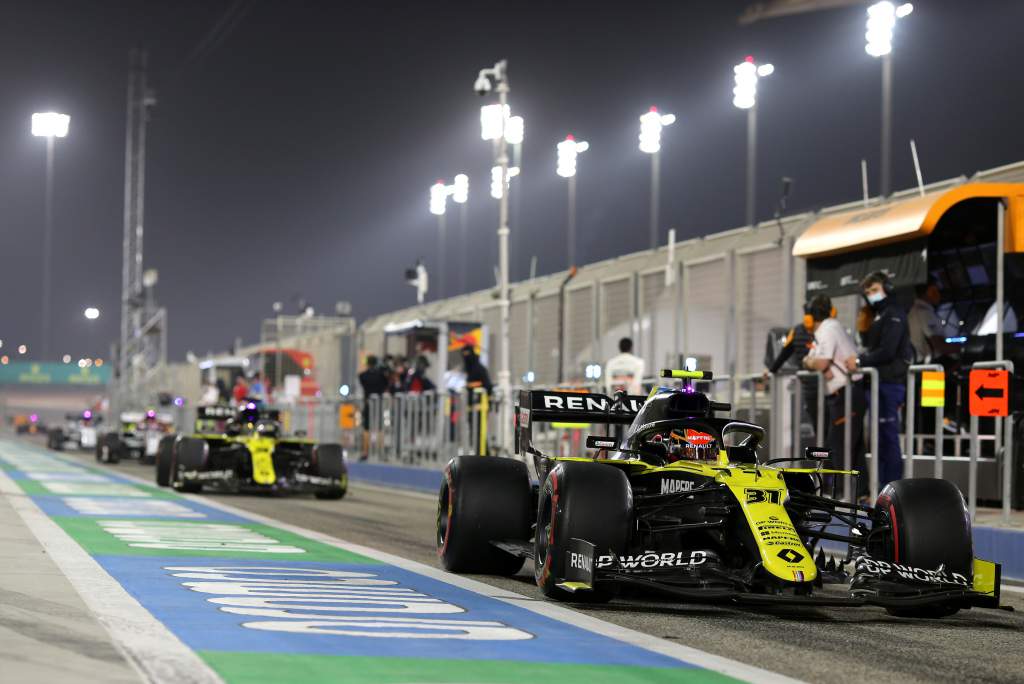
Basically, getting all this done in three days is no easy task so when the cars run, no matter which track it is at, there will be a huge amount of data sent back to the simulation staff back at base.
They will be burning the midnight oil and trying to correlate their simulation data to actual track data. Once you get that cracked, you are on your way with the direction of set-up, but even more importantly the development direction the car requires.
With this pandemic having taken another turn worldwide thanks to this new virus strain, who knows what 2021 will turn out to be like?
I’m sure Australia is not the only race that will be called into question, but hopefully we can at least count on pre-season testing taking place in Bahrain ahead of the first race of the season there.





